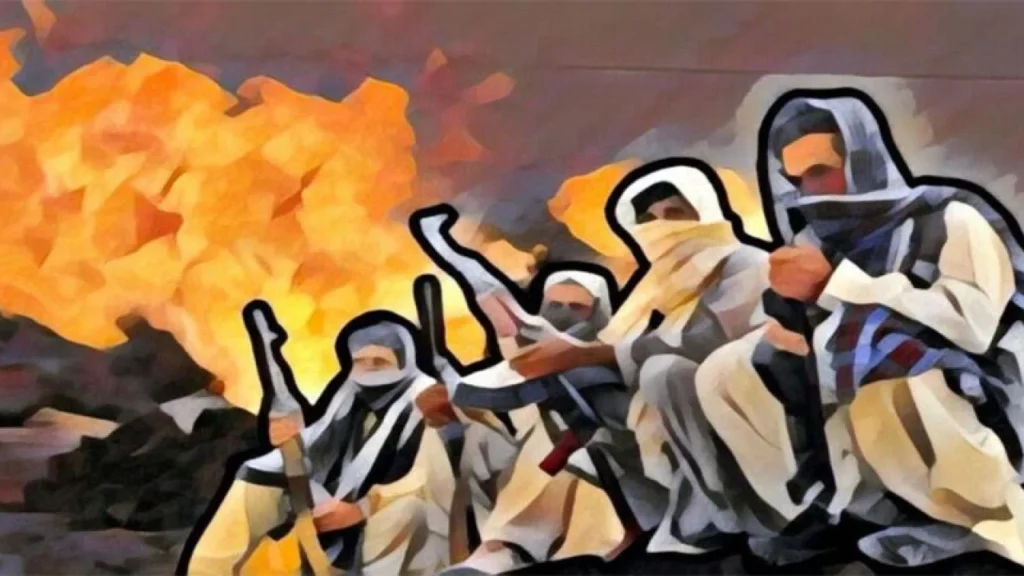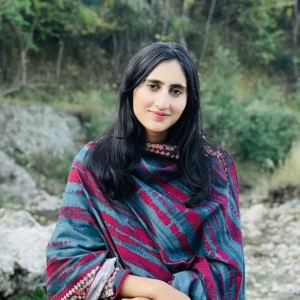The Pashtun Tahafuz Movement (PTM) projects itself as the sole voice of Pakistan’s Pashtuns, claiming to articulate their grievances and aspirations. Its rhetoric frames counter-terrorism operations as “ethnic cleansing,” and its leadership insists that Pashtun identity itself is under siege. This narrative, amplified on social media and abroad, suggests that PTM is a mass, grassroots uprising of Pakistan’s second-largest ethnic group.
Yet the reality is far more complex. Pashtuns are not a monolithic bloc and PTM is neither their only platform nor their mainstream representative. To conflate PTM’s politics with Pashtun identity is to erase the vast presence of Pashtuns across Pakistan’s state institutions, politics, and economy.
The Pashtun Role in the Pakistani Mainstream: Dispelling the Myth of Marginalization
The idea that the PTM represents the entirety of the Pashtun population is weakened by the overwhelming evidence of Pashtun integration into Pakistan’s political, economic, and security spheres. Far from being a marginalized community, Pashtuns form one of the most influential groups in the country’s mainstream fabric. Their deep involvement in national institutions, ranging from the armed forces to politics and business, reflects not exclusion but inclusion at the very core of the Pakistani state and society.
Pashtun Representation in the Military
Pashtuns have historically played a decisive role in Pakistan’s defense establishment. Their presence is not only substantial but, at times, disproportionately high relative to their share of the national population. Expert estimates suggest that Pashtuns constitute between 15–22% of officers and 20–25% of rank-and-file personnel. The community’s influence at the highest levels of command is undeniable: four of the eleven army chiefs in Pakistan’s history have been Pashtuns.
Beyond the regular armed forces, Pashtuns dominate paramilitary formations such as the Frontier Corps, which has long been entrusted with security in sensitive border regions. This degree of representation illustrates that Pashtuns are not alienated but deeply woven into the state’s military fabric, their sacrifices and leadership standing as a testament to national belonging rather than exclusion.
Political Power and Influence
The Pashtun political footprint across Pakistan provides further evidence against the narrative of marginalization. Pashtuns hold prominent positions in both provincial and national assemblies, and they head some of the country’s most established political movements. Leaders like Asfandyar Wali Khan of the Awami National Party (ANP) and Mahmood Khan Achakzai of the Pashtunkhwa Milli Awami Party (PkMAP) have long played influential roles in shaping Pakistan’s parliamentary politics.
Both figures have served multiple terms in the National Assembly, while Asfandyar Wali Khan was central to the landmark 18th Amendment that renamed the North-West Frontier Province to Khyber Pakhtunkhwa. Their presence underscores the fact that Pashtun voices are firmly embedded within mainstream politics.
Even when PTM sought to translate its street appeal into electoral clout, the results revealed limited resonance. In the key 2019 by-election for the National Assembly seat from North Waziristan (NA-48), a PTM-backed candidate was overwhelmingly defeated, securing only a fraction of the votes compared to mainstream contenders. This result reinforced that Pashtun political aspirations continue to be articulated through established democratic institutions and pluralistic platforms, rather than being monopolized by the PTM. The broader Pashtun community, therefore, remains active in Pakistan’s democratic processes, pursuing its interests within the parliamentary and constitutional framework of the state.
Economic Contributions and Entrepreneurship
Pashtuns are equally central to Pakistan’s economic vitality, contributing to trade networks, entrepreneurship, and business leadership across multiple sectors. Karachi, often overlooked in this narrative, is home to the largest Pashtun urban hub outside Peshawar, with millions engaged in business, logistics, and labor. Their enterprises form an essential part of Pakistan’s GDP and trade, linking domestic markets to regional commercial corridors.
At the elite level, Pashtun entrepreneurs have left an indelible mark on the corporate landscape. Javed Afridi, owner of Peshawar Zalmi, has become both a business leader and a cultural icon; Malik Riaz, a real estate magnate of Pashtun origin, spearheaded one of Asia’s largest private housing projects through Bahria Town; and Begum Kulsum Saifullah Khan remains a recognized figure among Pakistan’s leading businesswomen.
These names, alongside countless small and medium enterprises run by Pashtuns across the country, reflect a community not confined to the periphery but driving Pakistan’s economy forward. Even Afghan Pashtuns who migrated and settled in Pakistan have found prosperity, particularly in Peshawar, where they emerged as influential businessmen. Such economic integration challenges any sweeping claims of systematic exclusion.
Foreign Allegations and Questionable Linkages
The PTM’s trajectory has also been clouded by allegations of foreign backing, raising doubts about its authenticity as a purely grassroots Pashtun movement. Pakistani security officials have repeatedly accused the PTM of maintaining linkages with Afghanistan’s National Directorate of Security (NDS) and India’s Research and Analysis Wing (RAW). Military spokespersons have openly questioned the group’s funding sources, including the financing of high-profile events such as the funeral of Arman Loni and subsequent protest sit-ins.
Academic studies lend weight to the concern that PTM thrives not in a vacuum of grievance but in a climate where external actors weaponize ethnic identity. Research conducted by institutions such as the United States Institute of Peace (USIP) highlights how insurgent propaganda often gains traction when communities are convinced their identity faces existential threats. PTM’s leadership has at times been observed in the company of individuals notorious for their anti-Pakistan rhetoric and alleged connections with hostile intelligence agencies, further complicating its claim of representing Pashtun aspirations. This raises serious questions about whether PTM’s agenda stems organically from local grievances or is amplified by foreign sponsorship.
The Bigger Picture: Unity Versus Fragmentation
Taken together, these realities underscore a sharp contrast between the PTM’s narrative and the lived experience of most Pashtuns in Pakistan. Far from being sidelined, Pashtuns are embedded in the state’s defense establishment, political processes, and economic networks. They have achieved representation at the highest levels of power and contribute indispensably to the country’s prosperity. PTM’s framing of the community as uniformly oppressed or excluded fails to withstand scrutiny when measured against this evidence.
The larger picture reveals a struggle between two competing visions: one of integration, pluralism, and collective progress, and another of fragmentation, grievance politics, and externally fueled discontent. The PTM, while vocal, does not embody the totality of Pashtun identity within Pakistan. Instead, Pashtun reality is far more complex, dynamic, and deeply enmeshed with the state and society they have helped shape.
Conclusion: The Myth Collapses
The myth that PTM speaks for all Pashtuns does not withstand serious scrutiny. The evidence of Pashtun integration into the armed forces, politics, business, and cultural life of Pakistan shows that the community is not marginalized but central to the nation’s identity. To equate Pashtun identity with PTM’s rhetoric is to erase the sacrifices of Pashtun soldiers who have defended the country, the votes of millions who have placed their trust in established political parties, and the entrepreneurial contributions that sustain Pakistan’s economy.
The uncomfortable truth is that PTM does not represent the Pashtun nation. It represents a narrow set of grievances and, in some cases, narratives amplified by external actors seeking to destabilize Pakistan. The broader Pashtun community, however, continues to define itself not by separatism or perpetual victimhood, but by its active role in shaping the destiny of Pakistan.
Also Read: Nexus: How Converging Narratives Undermine Pakistan’s Counter-Terrorism Strategy



